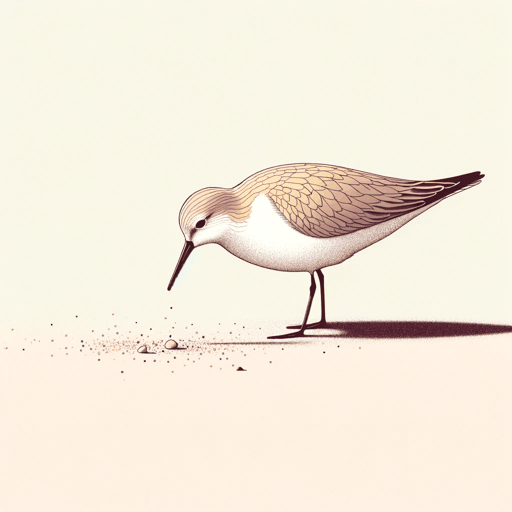26 pages • 52 minutes read
Elizabeth BishopOne Art
Fiction | Poem | Adult | Published in 1976A modern alternative to SparkNotes and CliffsNotes, SuperSummary offers high-quality Study Guides with detailed chapter summaries and analysis of major themes, characters, and more. For select classroom titles, we also provide Teaching Guides with discussion and quiz questions to prompt student engagement.
Poem Analysis
Analysis: “One Art”
“One Art” is a villanelle, meaning the poem is a closed form with set rules. Though adhering to most traditional villanelle guidelines, Bishop takes liberty with the form’s refrain at the end. Villanelles contain stanzas comprised of tercets (three-line stanzas) and a finishing quatrain (four-line stanza). There is also a strict rhyme scheme and there are repeating lines (refrains). The tercets, for instance, use an aba rhyming pattern, while the quatrain implements an abaa rhyming pattern (review the Literary Devices section for a comprehensive explanation with examples).
Bishop strikes a humorous tone early in the poem by mentioning losing items as insignificant: “so many things seem filled with the intent / to be lost that their loss is no disaster” (Lines 2-3). With these opening lines, Bishop places the fault on the items themselves and their “intent” in the disappearing. She bolsters her flippant tone with rhyme; “One Art” has a singsong quality juxtaposed with the serious nature of the poem’s subject.
Bishop continues the comical tone in the next stanza by suggesting readers try losing something every day to master loss.
Related Titles
By Elizabeth Bishop

A Miracle for Breakfast
Elizabeth Bishop

Arrival at Santos
Elizabeth Bishop

Crusoe in England
Elizabeth Bishop

Exchanging Hats
Elizabeth Bishop

Five Flights Up
Elizabeth Bishop

Insomnia
Elizabeth Bishop

Sandpiper
Elizabeth Bishop

The Armadillo
Elizabeth Bishop

The Fish
Elizabeth Bishop

The Imaginary Iceberg
Elizabeth Bishop

The Moose
Elizabeth Bishop

The Mountain
Elizabeth Bishop

The Shampoo
Elizabeth Bishop

